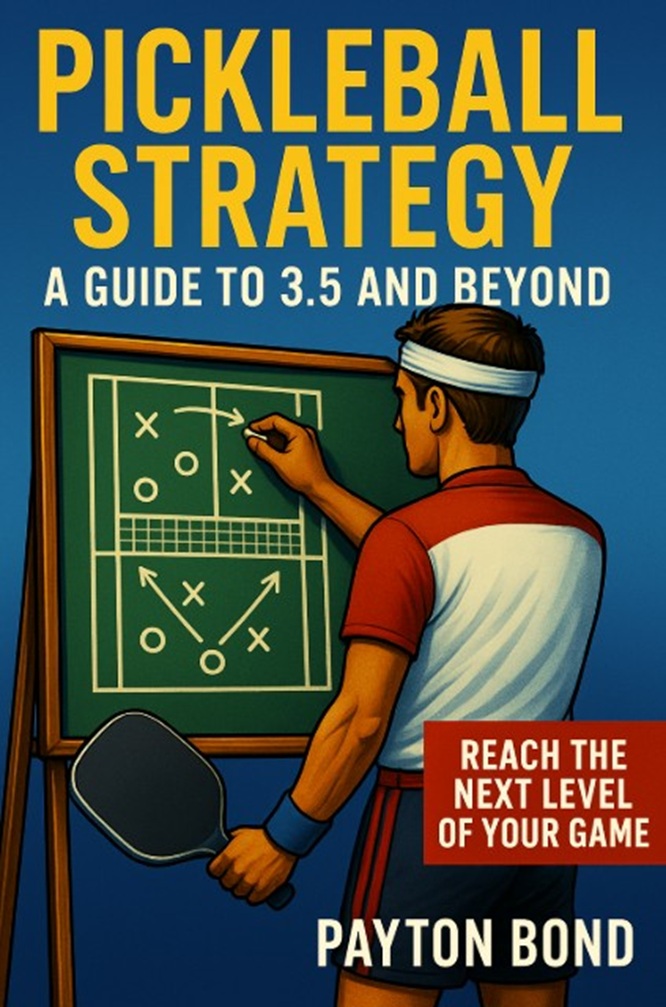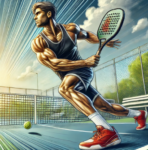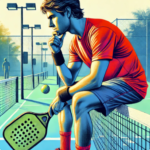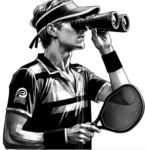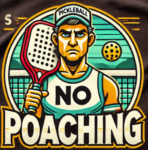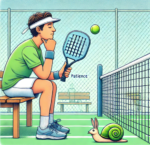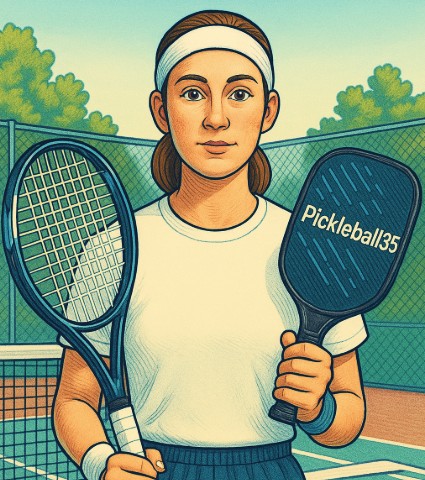
As a tennis player stepping into pickleball, you’ve likely noticed that many of your skills transfer well. Your footwork, hand-eye coordination, and court awareness give you a strong foundation. But as you continue learning, you’re also seeing that pickleball has its own unique rhythm, strategies, and shot selection. To reach a higher level of play, it’s not just about using your tennis skills—it’s about adapting them.
Adjusting Your Strategy
Coming from tennis, you’re used to controlling rallies with deep, powerful shots. In pickleball, however, while drives can be effective, long exchanges often shift toward softer play at the kitchen (non-volley zone). If you’ve found yourself winning some points with power but struggling against experienced players who control the net, this is why. Mastering the balance between power and control—especially at the kitchen—will be key to your improvement.
Understanding the Serve
By now, you’ve realized that the pickleball serve is very different from what you’re used to in tennis. If you’re accustomed to hitting powerful serves that win points outright—whether through speed, spin, or placement—pickleball will require a shift in mindset.
Serves in pickleball must be hit below the waist and follow rules that limit power. While you can still hit effective serves that challenge your opponent, most serves will be returned, and outright winners are much less common. That said, a deep, well-placed serve can make the return more difficult by pushing your opponent back and reducing their ability to attack. Since you only get one serve attempt, consistency is key—your main goal is to get the serve in and start the rally on favorable terms.
The Drop Shot: A Game-Changer
If you’re still hitting deep shots from the baseline and struggling to get to the kitchen, learning the drop shot will be a turning point in your game. Unlike in tennis, where drop shots are often a surprise move, in pickleball, they are an essential tool for advancing to the net.
The biggest difference comes from the Non-Volley Zone (NVZ), or kitchen. In tennis, players can take volleys close to the net and put shots away with ease. In pickleball, however, volleys aren’t allowed within the NVZ, which changes the dynamic. If you can drop a shot into this area, you force your opponent to hit up on the ball rather than attacking, effectively neutralizing them at the net. A well-executed drop shot not only buys you time to move forward but also shifts control of the rally in your favor.
The Kitchen Game: Where Matches Are Won
One of the biggest adjustments for tennis players is learning to play effectively at the kitchen. In tennis, aggressive net play is rewarded, but in pickleball, the kitchen line forces a different approach. If you’re still volleying aggressively and finding that opponents keep resetting the ball, it may be time to focus on soft, controlled dinks. Knowing when to slow the game down and when to speed it up is what separates intermediate players from advanced ones.
Power vs. Precision
You may have found early success in pickleball by using your tennis strokes to hit hard and put pressure on opponents. But as you face stronger competition, you’ll notice that pure power isn’t always the answer. Players who can mix pace, place their shots precisely, and force opponents into difficult positions have the advantage. The best players don’t just hit harder—they hit smarter.
Refining Your Strategy
At this stage, you’ve probably realized that pickleball isn’t just about reacting—it’s about anticipating and dictating play. The ability to read your opponent, adjust your positioning, and make smart shot selections will take your game to the next level. Pickleball is often compared to a chess match, where patience and strategy win just as many points as athleticism.
Blending Your Skills for Success
Your tennis background has given you a head start, but reaching the next level in pickleball means refining your skills to fit the game’s unique style. The more you integrate finesse, shot placement, and strategic play into your game, the more effective you’ll become.
At this stage, you may already be overwhelming some opponents with your power and feeling good about how your tennis skills translate. But as you face more experienced players, they will use techniques that neutralize power, forcing you into a more strategic battle. The sooner you adjust to pickleball’s unique demands, the more control you’ll have over your game—and the more success you’ll find on the court. Keep adjusting, keep learning, and enjoy the journey!
Check out Payton Bonds new eBook!
Pickleball Strategy – A Guide to 3.5 and Beyond
See it on Amazon.

👤 Follow Payton Bond
All Star and Top Contributor on multiple Facebook Pickleball Forums.
Contributor at TheKitchenPickle.com.
Visit Payton Bonds Facebook Page

